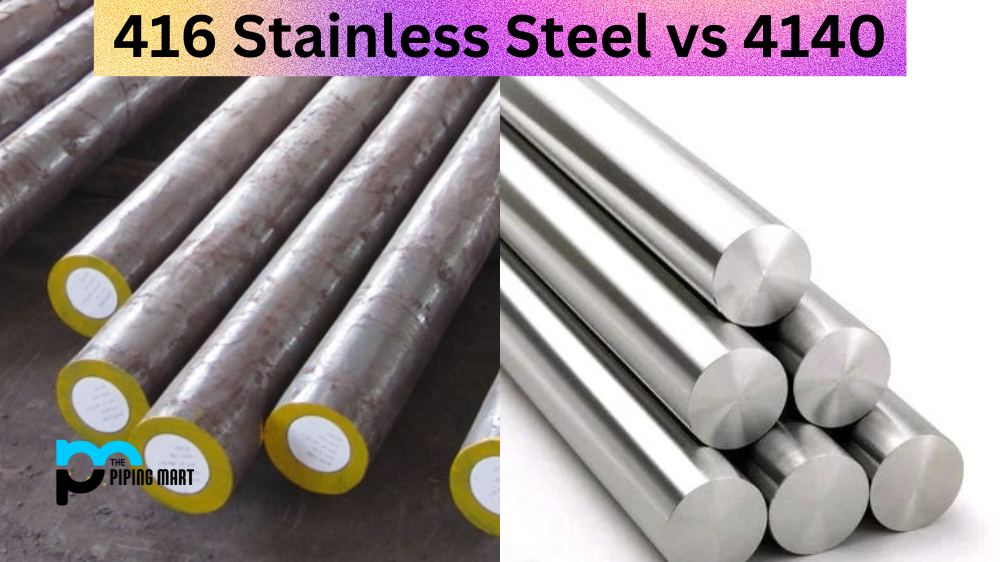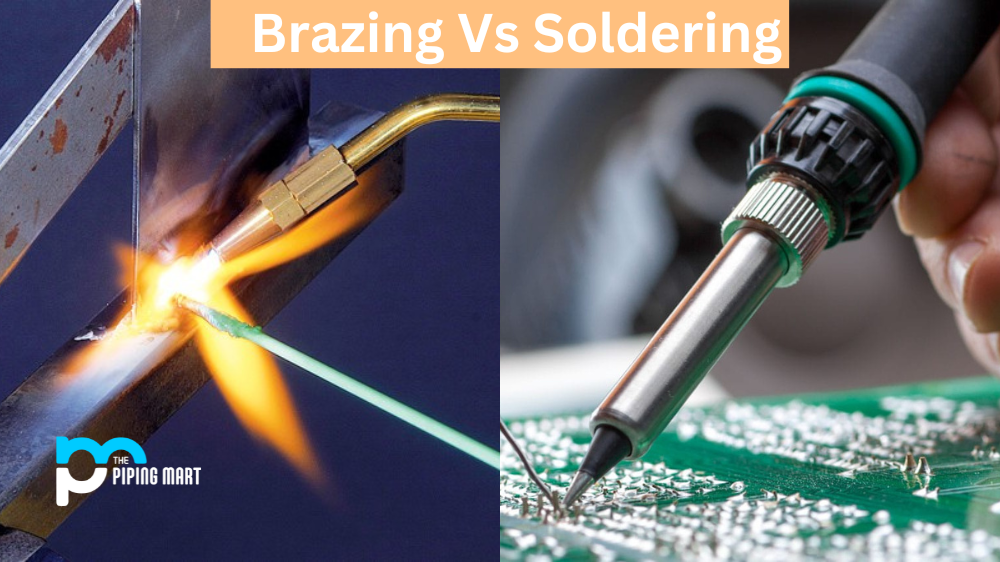Steel is one of the most widely used materials in the world today. It’s strong, durable, and versatile, essential in buildings, bridges, cars, appliances, and other everyday items. However, not all steel is created equal. Different types of steel have unique properties that make them suitable for specific applications. In this blog post, we will explore the differences between two popular types of steel: 1008 and 1045.
Difference Between 1008 and 1045 Steel
Composition
Both 1008 and 1045 steel sheets are classified as carbon steels, which means they contain carbon as the primary alloying element. However, the two types of steel differ in their carbon content. 1008 steel has a maximum carbon content of 0.10%, while 1045 steel has a carbon content of 0.45% to 0.55%. This carbon content difference affects the steel’s strength, flexibility, and machinability.
Strength and Toughness
One of the most significant differences between 1008 and 1045 steel is their strength and toughness. Due to its lower carbon content, 1008 steel is less strong and tough than 1045 steel. In contrast, 1045 steel is known for its high strength, moderate toughness, and excellent impact resistance. This makes 1045 steel ideal for high-strength and durability applications, such as gears, axles, and shafts.
Machinability
Another important aspect to consider when choosing between 1008 and 1045 steel is their machinability. Machinability refers to the ease with which a material can be cut, drilled, and shaped using various machining techniques. 1008 steel has excellent machinability thanks to its low carbon content. It’s easy to machine and form, making it a popular choice for sheet metal fabrication. On the other hand, 1045 steel has poor machinability because of its high carbon content. It requires slower speeds and heavier feeds during machining, which can increase production time and costs.
Cost
Cost is also important to consider when choosing between 1008 and 1045 steel. As a more common and less expensive type of steel, 1008 steel is often used in applications where cost is a significant factor, such as consumer products, electrical appliances, and automotive parts. In contrast, 1045 steel is more expensive due to its higher carbon content and superior mechanical properties. It’s commonly used in applications that require high performance and durability, such as industrial equipment and machinery.
Conclusion
In summary, 1008 and 1045 steel are popular types of carbon steel used in a wide range of industrial and consumer applications. While both steels have similar properties, including their carbon content, they differ in strength, toughness, machinability, and cost. When choosing between 1008 and 1045 steel, it’s essential to consider the specific requirements of your application, such as the level of strength, durability, and production costs needed. By understanding these differences, you can decide which type of steel to use in your next project.

Abhishek is a seasoned blogger and industry expert, sharing his insights and knowledge on various topics. With his research, Abhishek offers valuable insights and tips for professionals and enthusiasts. Follow him for expert advice on the latest trends and developments in the metal industry.




